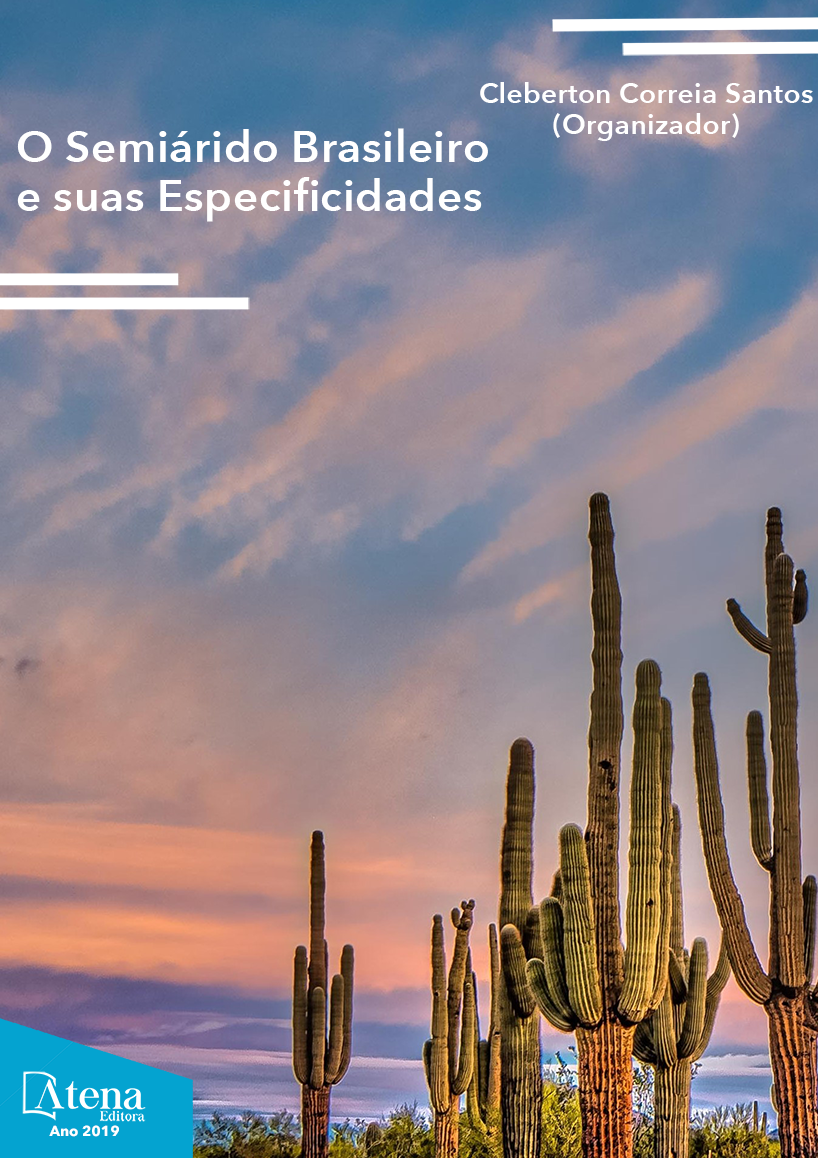
OS MESTRES-ESCOLAS DO SEMIÁRIDO PIAUIENSE: PERCURSOS INVESTIGATIVOS
Desde o período colonial, o ensino
da leitura, da escrita e das quatro operações da
matemática se fazia acontecer por uma grande
diversidade de mestres-escolas cujo ofício do
magistério se realizava no ambiente domiciliar
do aprendiz, por um curto período de tempo
pré-determinado. Pesquisas realizados por
historiadoras piauienses, a exemplo de Vieira
(2005), Sousa (2016) e Pinheiro (2017), revelam
que os mestres-escolas também fizeram
parte da história da educação do semiárido
piauiense. Nesse trabalho, intencionamos
apresentar uma proposta de pesquisa sobre as
trajetórias de vidas e as práticas educativas dos
sujeitos sociais reconhecidos como mestresescolas e/ou alunos de mestres-escolas no
interstício temporal que cobre os anos de
1940 a 1970. Para seu feitio fizemos uso dos
pressupostos teóricos e metodológicos da
História da Educação assentando sua base de
análise na História Cultural, especificamente na
concepção de Práticas Culturais delineada por
Roger Chartier (2000) como os modos de fazer
dos sujeitos históricos. As primeiras sondagens
realizadas afim de mapear os sujeitos sociais
que atuaram como mestres-escolas no
semiárido piauiense encontram-se em número
reduzido, todavia, não raro são as pessoas que
viveram os períodos da infância e da juventude
em comunidades isoladas na zona rural da
região e foram alfabetizadas por um mestreescola. Podemos também inferir, que além
do ensino das primeiras letras fazendo uso
de cartilhas de a,b,c, e das quatro operações
básicas da matemática através da tabuada
impressa, os mestres-escolas do semiárido
piauiense incrementavam suas propostas de
ensino com conhecimentos necessários a vida
naquela região
OS MESTRES-ESCOLAS DO SEMIÁRIDO PIAUIENSE: PERCURSOS INVESTIGATIVOS
-
DOI: 10.22533/at.ed.1051905085
-
Palavras-chave: mestres-escolas. Semiárido. Práticas de ensino. Investigação.
-
Keywords: Masters-Schools. Semiarid. Teaching Practices. Research.
-
Abstract:
Since the colonial period, the teaching of reading, writing and the four
operations of mathematics was made happen by a great diversity of teachers-schools
whose craft of the Magisterium was carried out in the home environment of the
apprentice, for a short period of predetermined time. Researches conducted by historian
piauienses, the example of Vieira (2005), Sousa (2016) and Pinheiro (2017), reveal that
the Masters-schools were also part of the history of education in the semiarid region of
piauiense. In this work, we intend to present a research proposal on the trajectories of
lives and educational practices of the social subjects recognized as teachers-schools
and/or students of masters-schools in the temporal interstitium that covers the years
of 1940 to 1970. For his character we made use of the theoretical and methodological
assumptions of the History of Education, based on the analysis of Cultural History,
specifically in the conception of Cultural Practices outlined by Roger Chartier (2000) as
the ways of making of the historical subjects. The first surveys carried out in order to
map the social subjects who acted as masters-schools in the semiarid of Piauí are in
a small number, however, are not rarely the people who lived the periods of childhood
and youth in communities Isolated in the rural area of the region and were literate by
a master-school. We can also infer that, besides the teaching of the first letters using
a, b, c, and the four basic operations of mathematics through the printed tables, the
teachers-schools in the Semiarid region of Piauí incremented their teaching proposals
with Necessary knowledge of life in that region
-
Número de páginas: 15
- Adauto Neto Fonseca Duque
- Maria das Dôres de Sousa
- Luisa Xavier de Oliveira
- Thatianny Jasmine Castro Martins de Carvalho
- Mariab Alveni Barros Vieira


